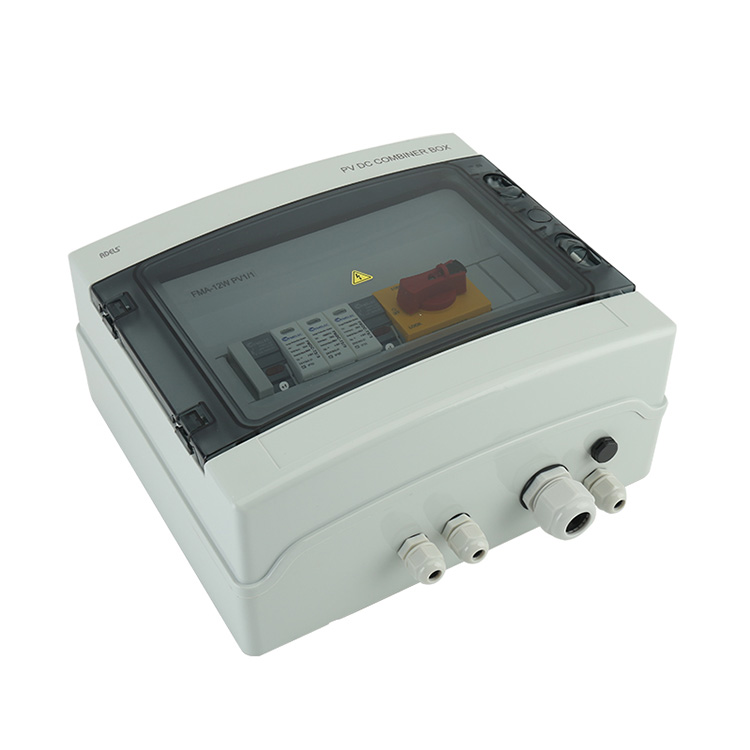- English
- 简体中文
- Esperanto
- Afrikaans
- Català
- שפה עברית
- Cymraeg
- Galego
- 繁体中文
- Latviešu
- icelandic
- ייִדיש
- беларускі
- Hrvatski
- Kreyòl ayisyen
- Shqiptar
- Malti
- lugha ya Kiswahili
- አማርኛ
- Bosanski
- Frysk
- ភាសាខ្មែរ
- ქართული
- ગુજરાતી
- Hausa
- Кыргыз тили
- ಕನ್ನಡ
- Corsa
- Kurdî
- മലയാളം
- Maori
- Монгол хэл
- Hmong
- IsiXhosa
- Zulu
- Punjabi
- پښتو
- Chichewa
- Samoa
- Sesotho
- සිංහල
- Gàidhlig
- Cebuano
- Somali
- Тоҷикӣ
- O'zbek
- Hawaiian
- سنڌي
- Shinra
- Հայերեն
- Igbo
- Sundanese
- Lëtzebuergesch
- Malagasy
- Yoruba
- Español
- Português
- русский
- Français
- 日本語
- Deutsch
- tiếng Việt
- Italiano
- Nederlands
- ภาษาไทย
- Polski
- 한국어
- Svenska
- magyar
- Malay
- বাংলা ভাষার
- Dansk
- Suomi
- हिन्दी
- Pilipino
- Türkçe
- Gaeilge
- العربية
- Indonesia
- Norsk
- تمل
- český
- ελληνικά
- український
- Javanese
- فارسی
- தமிழ்
- తెలుగు
- नेपाली
- Burmese
- български
- ລາວ
- Latine
- Қазақша
- Euskal
- Azərbaycan
- Slovenský jazyk
- Македонски
- Lietuvos
- Eesti Keel
- Română
- Slovenski
- मराठी
- Srpski језик
Do you need a combiner box for solar panels?
2024-01-09
Its primary function is to combine the outputs of multiple solar panels into a single connection point before the energy is sent to the inverter.

In a solar array, multiple solar panels are connected in series or parallel configurations to achieve the desired voltage and current levels. The combiner box serves as a central location where the outputs of these panels are combined into a single set of positive and negative conductors.
Combiner boxes typically include overcurrent protection devices, such as fuses or circuit breakers, to safeguard the system from overcurrent conditions. This helps prevent damage to the wiring and components in the event of a fault.
Having a centralized combiner box makes it easier to disconnect the solar array from the inverter and other system components for maintenance or in case of emergencies. This can enhance safety during installation, maintenance, or troubleshooting.
Some combiner boxes may include monitoring devices or surge protection to help diagnose issues, monitor performance, and protect the system from electrical surges.
Combiner boxes are often required to meet local electrical codes and standards. They are designed to ensure the safe and efficient operation of solar PV systems.
When installing a solar PV system, it's crucial to follow the manufacturer's guidelines and local electrical codes. The use of a combiner box depends on the size and configuration of the solar array, and it is generally considered a standard component in larger installations with multiple solar panels.




